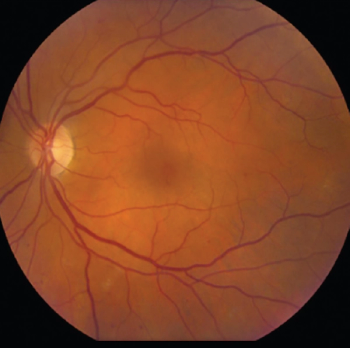
The ADA now recommends an individualized approach at diagnosis of diabetes as well as for adults who do not have symptoms to be screened at age 35 years.

The ADA now recommends an individualized approach at diagnosis of diabetes as well as for adults who do not have symptoms to be screened at age 35 years.

Addressing common misconceptions can help avoid misconstrued scientific facts

Timing is key in reducing the risk of developing vision loss or blindness.
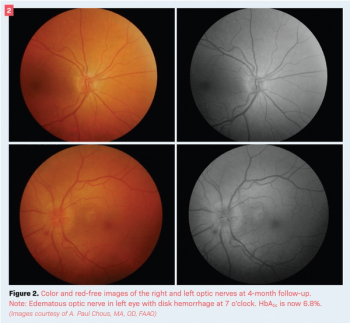
Diabetic papillitis is relatively rare, found in type 1 and 2 diabetes patients
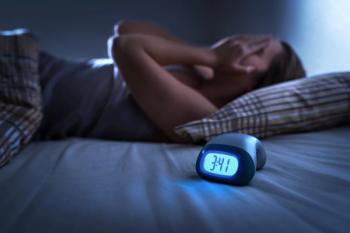
Prescribed sleep hygiene may reduce the risk of severe eye disease and vision loss
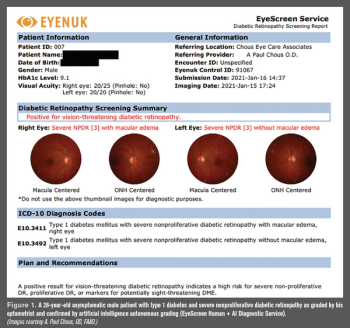
Automated detection of disease helps patients as well as doctors
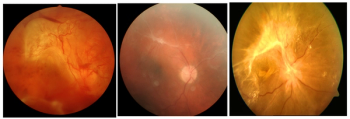
Practitioners need to educate and stress the importance of additional care






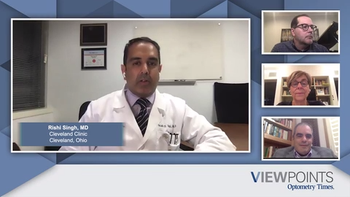



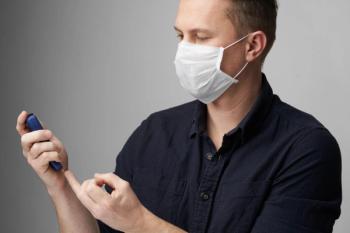
Considerations for eyecare providers to better care for their patients with diabetes

Considerations in the treatment of diabetic retinopathy and diabetic macular edema.
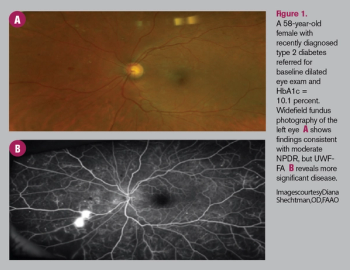
Patients who switched to as-needed dosing experienced increased complications
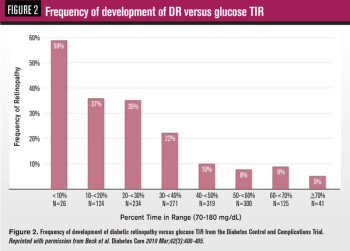
New evidence provides ODs with increasingly accurately gauge of patients’ diabetes control and risk of vision loss.
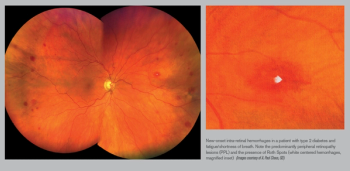
A tricky case posed some diagnostic challenges until an unexpected error message presented
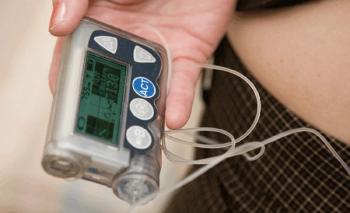
Extensive testing, consultation with primary-care doctor key to proper treatment
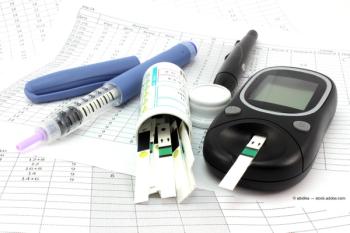



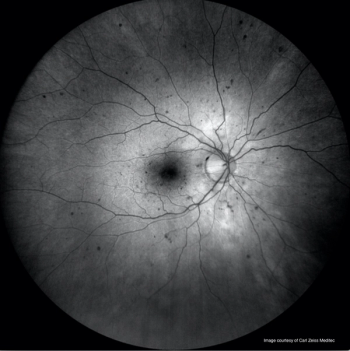

Non-eyecare practitioners will be screening your patients for diabetic retinopathy. Find out why this can help or hurt your patients and how you can help guide the process.
